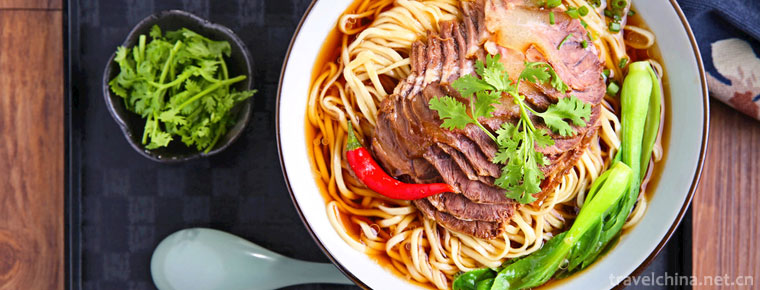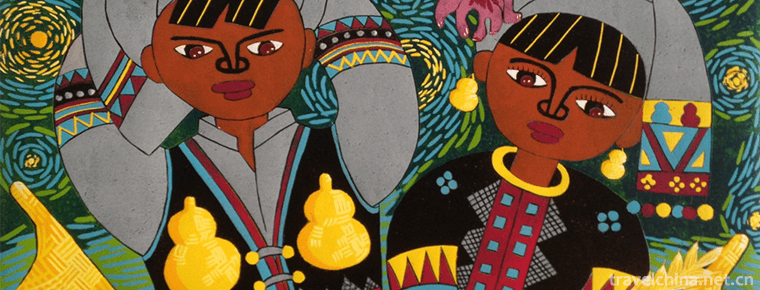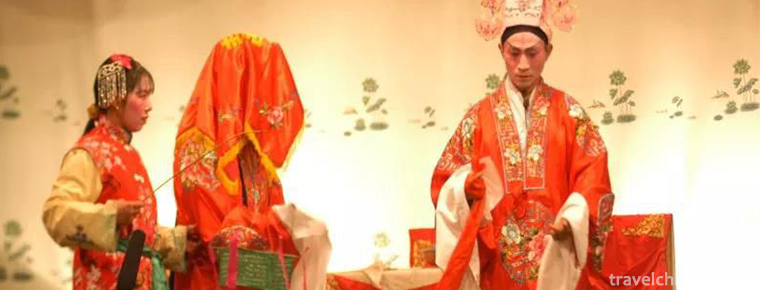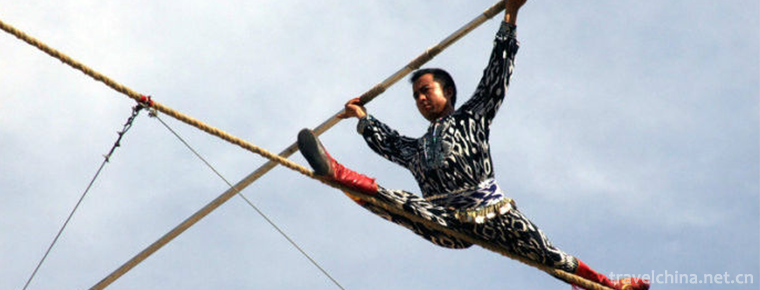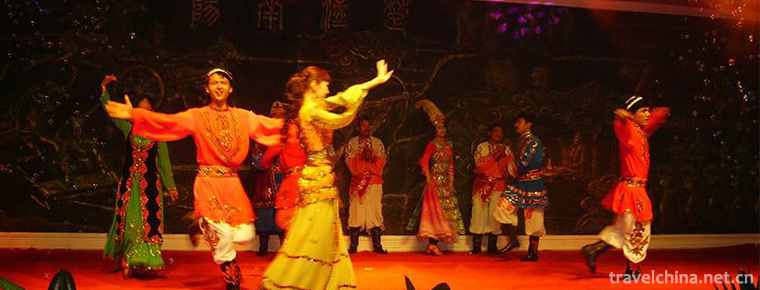Bemo music
Bemo music
Qubila fire is well known in Meigu County, Liangshan Prefecture. He is not only a highly respected Yi Dabimo, but also a representative successor of national intangible cultural heritage projects. His Bimo music is a combination of moral education, knowledge imparting and literary entertainment. Through symbolic and complicated rituals, it explores people's life thinking and promotes people's spiritual outlook.
In the early forties of this year, Qubila Huo was born in the Bimo family of Meigu. He studied and engaged in the traditional Bimo field of the Yi people for more than twenty years. Since he was 17 years old, he has been on the road of Bimo. Over the years, he has studied knowledge imparting and inheriting simultaneously, enriching his personal insights in the field of Bimo and Bimo music. He advocated Bimo music concept and personally presided over ceremonies in recent years are well known.
The first meeting with Qubila Fire was held in Meigu County in late December 2017 at the site of a national non-heritage project, the ritual of ancestor worship by Nimu Chobi of the Yi Nationality. In response to the reporter's questions, he systematically narrated the knowledge inheritance and connotation of Bimo music culture of the Yi nationality. He told reporters that Bimo music integrated the ancient language, writing, history, genealogy, astronomy, calendar, geography, folklore, ethics, literature and art of the Yi people. From its origin, development, prosperity to prosperity, it not only contributed to the convergence of the ideological field of the Yi people, but also penetrated into all aspects of the social life of the Yi people, with a far-reaching impact. "Encyclopedia" passed down from generation to generation.
It is understood that Bimo music is a kind of traditional music approved by the State Council in 2014 and listed in the fourth batch of national intangible cultural heritage list. Trabila fire was the representative inheritor of Bimo music in the provincial intangible cultural heritage project. Recently, among the representative successors of the fifth batch of national intangible cultural heritage projects announced by the Ministry of Culture, Qubila Huo ranked on the list and became the successor of Liangshan non-heritage "national name".
In an interview with reporters, Qubila Huo is doing the guiding link of the ritual of "Nimu Chobi" ancestor worship. He shows in detail the unique and essence of Bimo music. In Qubilahe's words, a "Guide to the Way" is a vivid picture of the migration of the ancestors of the Yi people, with the footprints of the Yi people's history permeating between the lines.
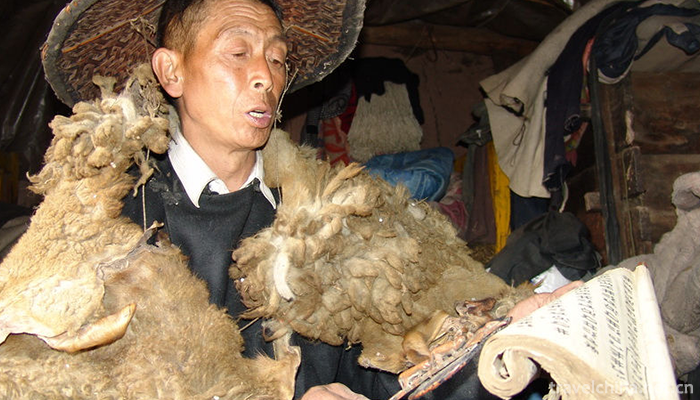
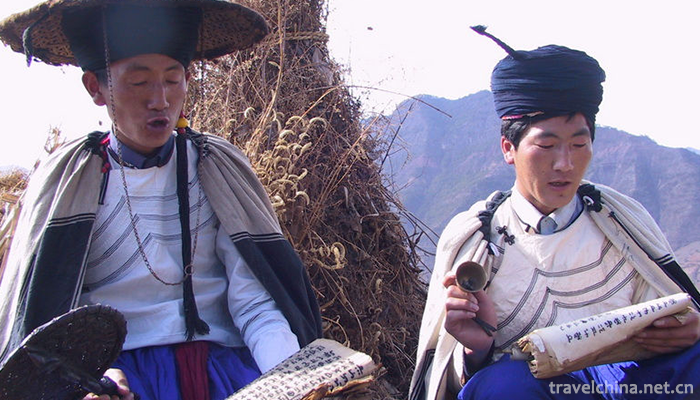
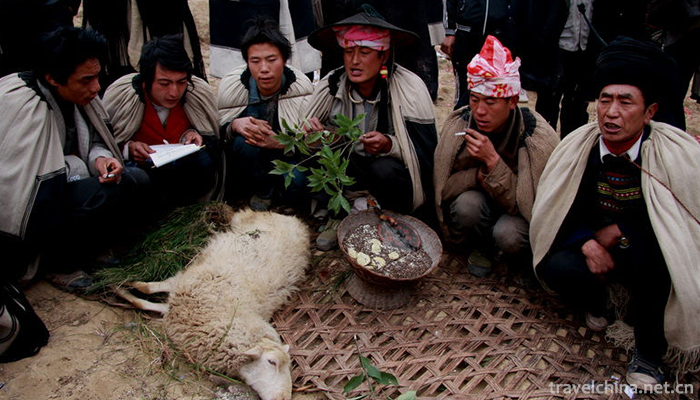
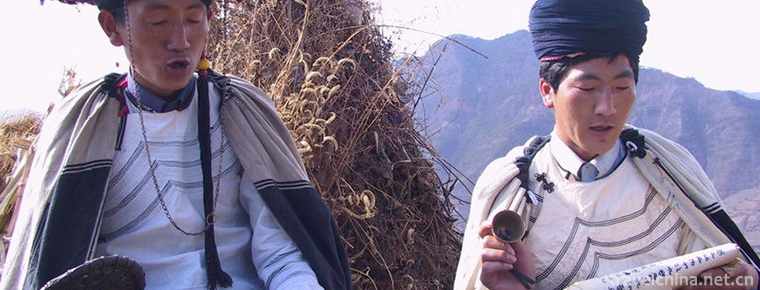
Bemo music
-
Beef noodle
Beef noodle is a common pasta. It is also a traditional food in Lanzhou
Views: 313 Time 2018-10-12 -
Mupa Mipa
Mupa Mipa, a local traditional folk literature in Simao City, Yunnan Province, is one of the national intangible cultural heritage.
Views: 377 Time 2018-12-15 -
Beihai Seabed World
Beihai Seabed World is a national AAAA-level tourist attraction and national marine science education base. It is a large-scale comprehensive ocean hall which mainly displays marine organisms and inte
Views: 210 Time 2018-12-26 -
polyphonic folk song
Multi-voice folk song refers to a couple or a group of singers singing two or more voices at the same time. Some people call it "two-voice folk song" and "polyphony folk song".
Views: 180 Time 2019-04-28 -
Brewing Techniques of Sufu
Sufu brewing technology, the traditional technology of Haidian District, Beijing, is one of the national intangible cultural heritage.
Views: 224 Time 2019-04-30 -
Guangchang Meng Opera
Guangchang Mengxi Opera, a traditional local drama popular in Guangchang County, Jiangxi Province, is one of the national intangible cultural heritage.
Views: 132 Time 2019-05-01 -
Jiali Folk Stories
On May 23, 2011, Jiali Folk Stories were approved by the State Council to be included in the third batch of national intangible cultural heritage list.
Views: 405 Time 2019-05-05 -
Uygur Dawazi
Dawazi is an ancient traditional acrobatic performing art of the Uygur people. "Da" means "hanging" in Uyghur, and "Wazi" means someone who likes to do something. The wor
Views: 103 Time 2019-06-26 -
Uygur Folk Songs
Uygur folk songs are rich in content, which can be divided into two parts: traditional folk songs and new folk songs. Traditional folk songs include love songs, labor songs, historical songs, Life son
Views: 180 Time 2019-06-26 -
Suining history and culture
As a place name, "Suining" began in the Eastern Jin Dynasty. The Eastern Jin Dynasty coexisted with the Sixteen States, while Suining belonged to the Chenghan state. At that time, the rulers of various countries had been fighting with each other for years
Views: 221 Time 2020-12-16 -
Dazhou climate
Dazhou city belongs to subtropical humid monsoon climate type. Due to the complex topography, regional climate differences are large. The low mountains, hills and river valleys with an altitude of 800 meters have mild climate, warm winter, early sprin
Views: 434 Time 2020-12-20
